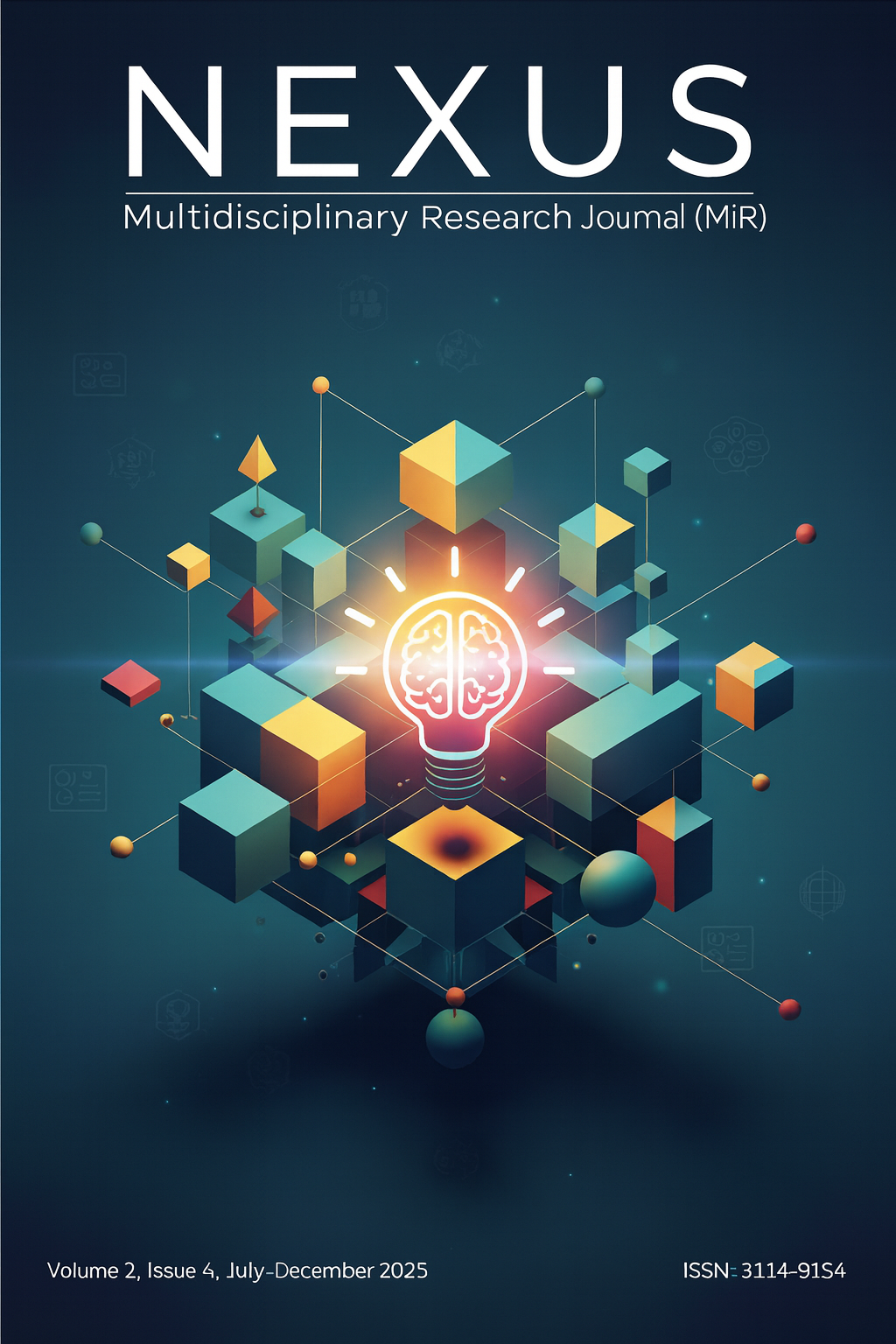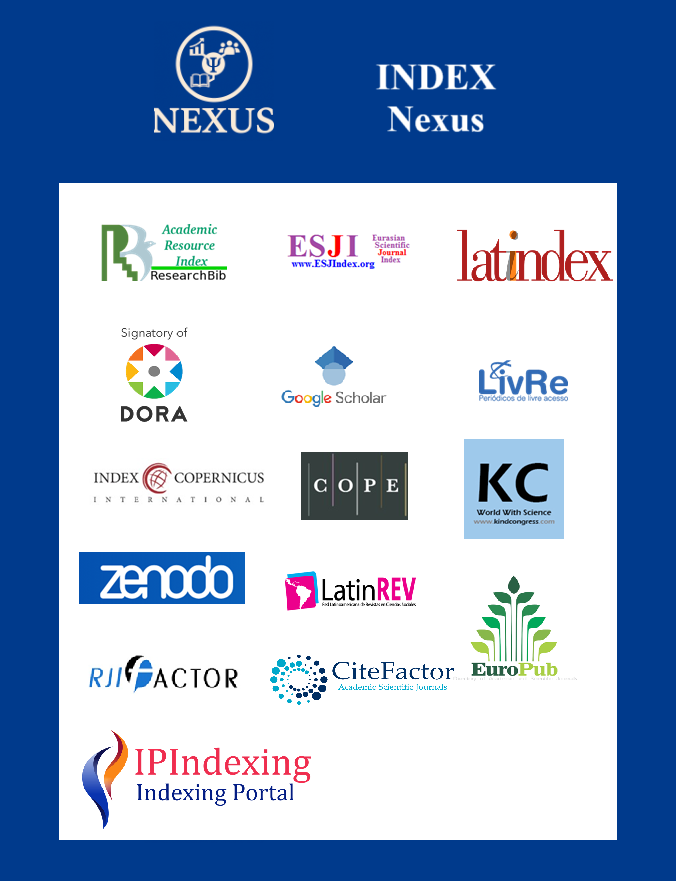Galvanic Skin Response Biofeedback in Child Neuropsychology: Foundations, Applications, and Reflections
Keywords:
biofeedback; galvanic skin response; neuropsychology; emotional regulation.Abstract
This article explores the implications of using galvanic skin response (GSR) biofeedback within the field of child neuropsychology. GSR, as a physiological indicator of autonomic nervous system activity, provides an objective measure of emotional arousal, making it a valuable tool for both clinical assessment and therapeutic intervention. The paper reviews the neurophysiological foundations of GSR and examines its clinical applications in children with conditions such as attention-deficit/hyperactivity disorder (ADHD), anxiety disorders, autism spectrum disorder (ASD), and general difficulties in emotional self-regulation. Reported benefits include improvements in self-control, reduction of anxiety and stress symptoms, enhancement of attentional processes, and increased motivation through interactive and playful therapeutic formats. However, the article also discusses methodological and ethical challenges, including variability of signals, limited generalization outside clinical settings, and the need for stronger empirical evidence. The critical reflection emphasizes that GSR biofeedback should be understood as a complementary, non-invasive, and empowering tool within integrative neuropsychological interventions, supporting children’s development of long-lasting self-regulation skills.
Downloads
Downloads
Published
Issue
Section
License

This work is licensed under a Creative Commons Attribution-NonCommercial 4.0 International License.










